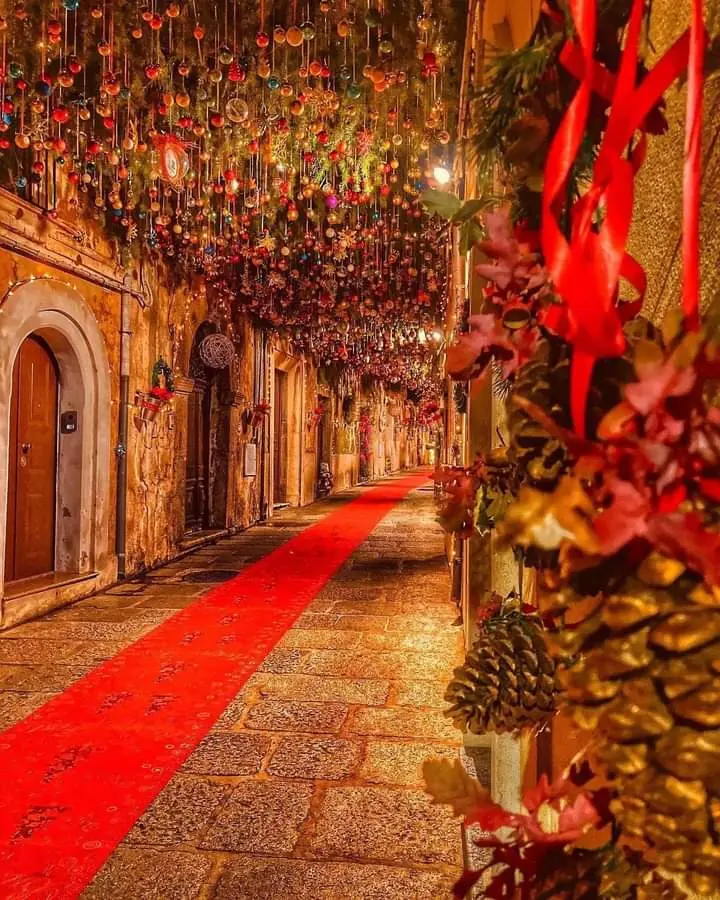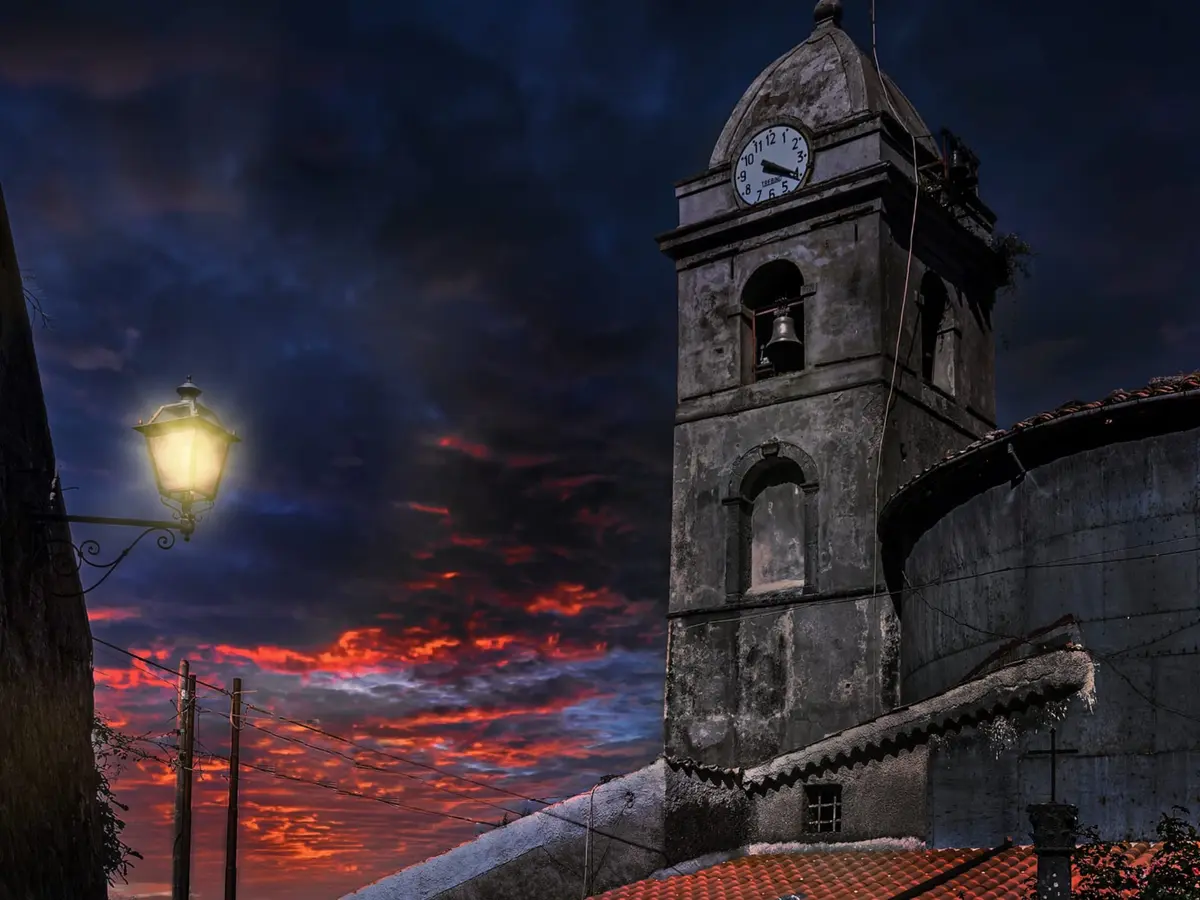Tour of Calabrian handicrafts, among ancient arts and crafts
Discover the "made in Calabria" by visiting Calabrian craft workshops
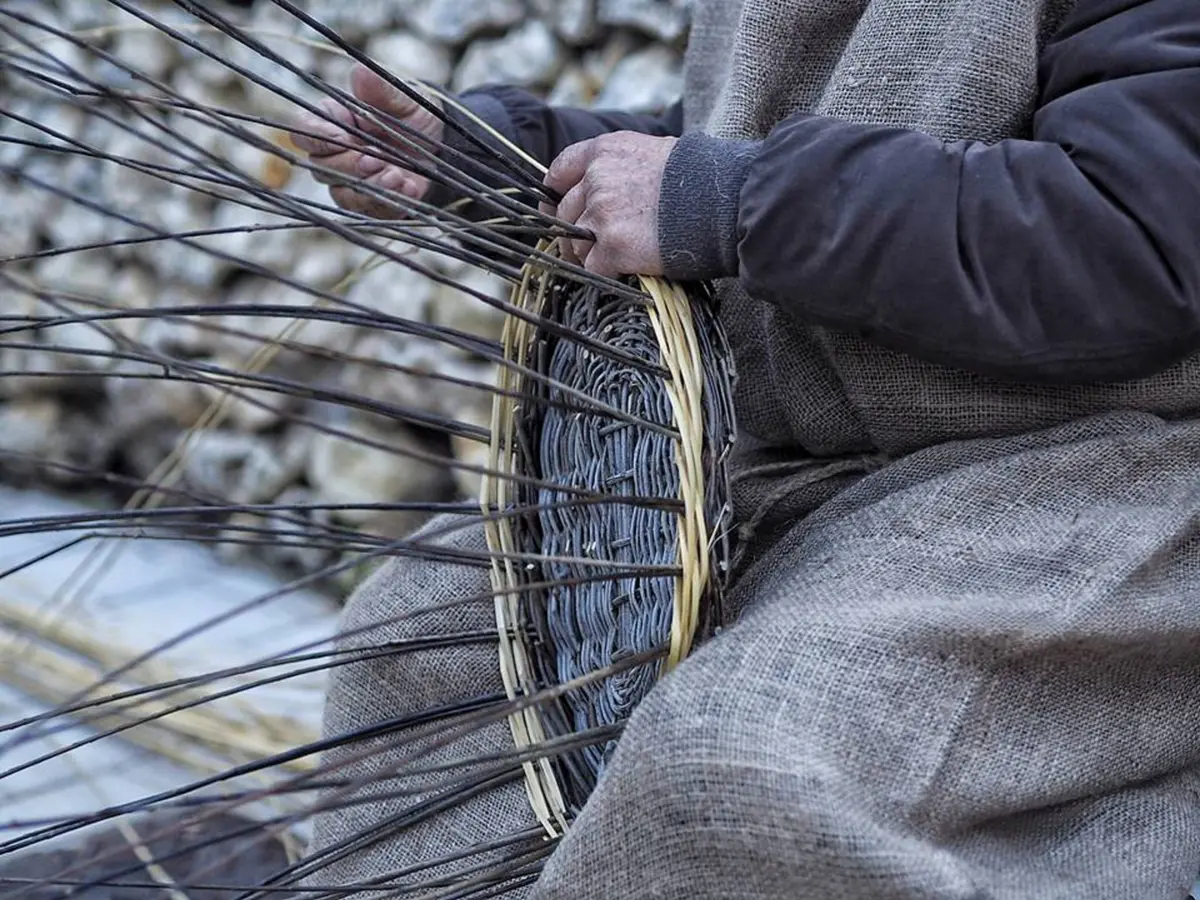
Tradition and folklore
Regione Calabria
Handicrafts in Calabria are a universe of ancient and new knowledge, to be discovered on an enthralling tour of Calabrian craft workshops, including manufactures and true "artist studios".
A world that, starting from historical gestures and crafts, handed down from one generation to the next, has been able to keep alive and renew over time the identity of a people full of creativity.
From the processing of raw materials to the art objects made from them, from small family stories to the establishment of a network of Corporate Museums in Calabria, the dimension of Calabrian craftsmanship is a mine of curiosities and artefacts to discover.
Let's take a tour of Calabria's craft workshops together and get to know the protagonists of this fascinating world up close.
Calabrian wood handcrafts, from pipes to violin making
Are you a pipe smoker? Calabria is one of the historically most important regions where this prized form of craftsmanship is practised.
This is an extremely refined form of Calabrian craftsmanship that requires patience and love: starting from the choice of the Erica Arborea delle Serre root, the raw material from which the briar is obtained, through its long seasoning, the actual production of the artefact, the polishing and decoration that make it unmistakable.
Typical Calabrian pipe craftsmanship boasts some historical names...
Typical Calabrian pipe craftsmanship has a precise name and surname: Vincenzo Grenci. This historic family of master pipe makers in Brognaturo, a small mountain village in the province of Vibo Valentia, in the Serre Regional Park, has for generations produced some of the world's finest pipes. It is no coincidence that Bearzot, Lama and the President of the Republic Sandro Pertini (to name but a few) smoked exclusively Grenci pipes, "made in Calabria".
Another historical brand linked to Calabrian pipe craftsmanship is that of the Posella family, which has a long history of sawing behind it, dedicated to the production of briar for pipes in Calabria.
Vitaliano Posella has been making pipes for several decades in San Vito sullo Ionio (CZ), using family-derived briar. His pipes are seasoned for at least 10 years, for high quality and an unmistakable mechanical and aromatic performance when smoked. Appreciated from China to America, Posella pipes are made freehand, with a very high attention to detail.
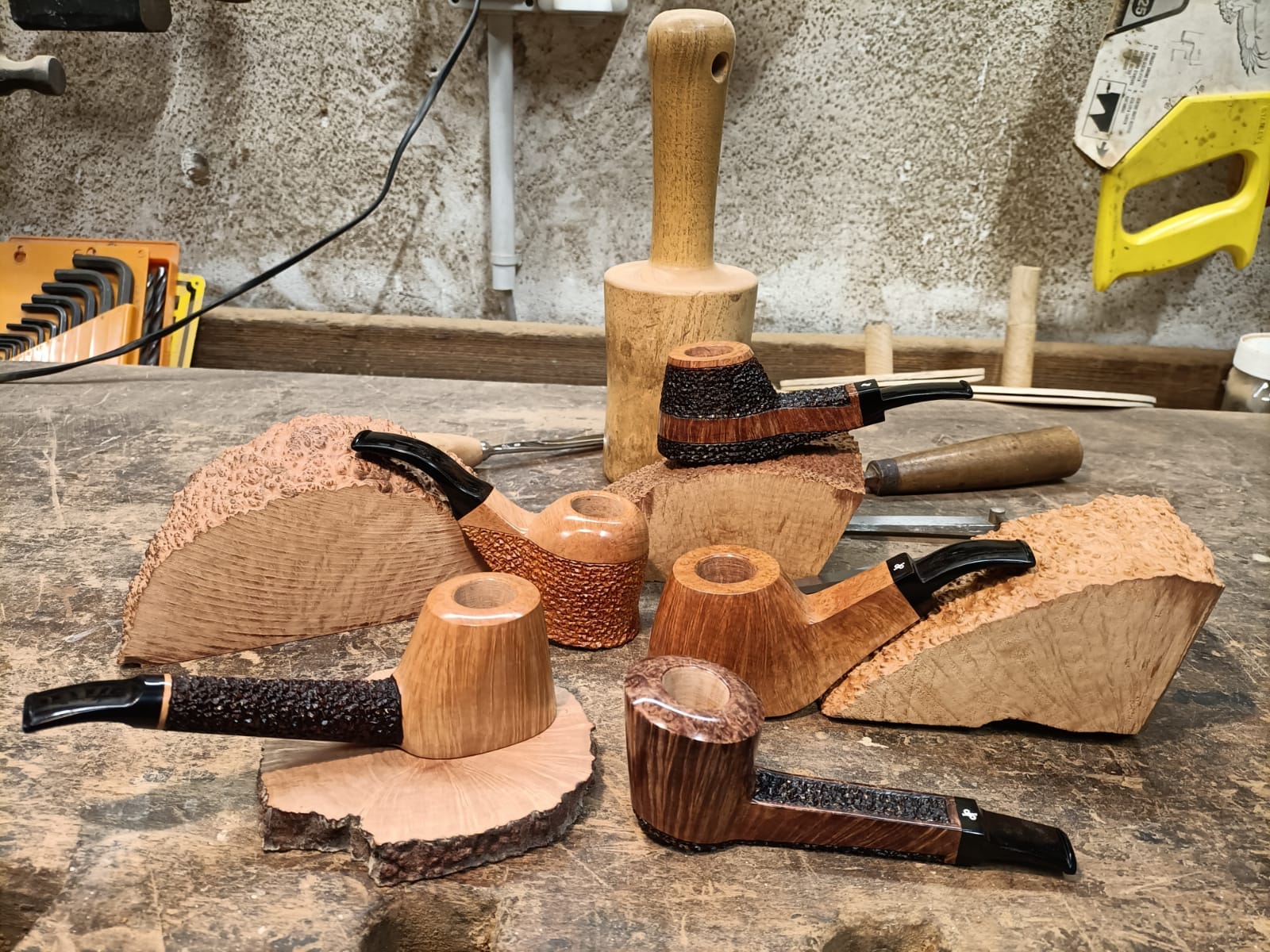
Another historical place for Calabrian pipe craftsmanship is the town of Villa San Giovanni, overlooking the Straits in the province of Reggio Calabria. Here, in the so-called "Little Manchester", in addition to the numerous spinning mills, there was the Fratelli Vassas company's pipe workshop, as well as the local pipe factory in what is now Via Fontana Vecchia.
The art of Calabrian woodwork also passes through the Reggio province of Bovesìa (Municipality of Bova and other Greeks' municipalities in the Aspromonte National Park).
Here, a particular form of typical Calabrian handicraft linked to the carving practised by Aspromonte shepherds (tos sambatàro) is active. Genuine pieces of art: sheep collars with arcane symbols (ta cuddhària) stamps and moulds for typical sweets and cheeses (plumìa and musulupàre, named after the Musulùpu cheese), cooking vessels, weaving tools (spindles and conocchie) and musical instruments (flutes, lyres, bagpipes and tambourines).
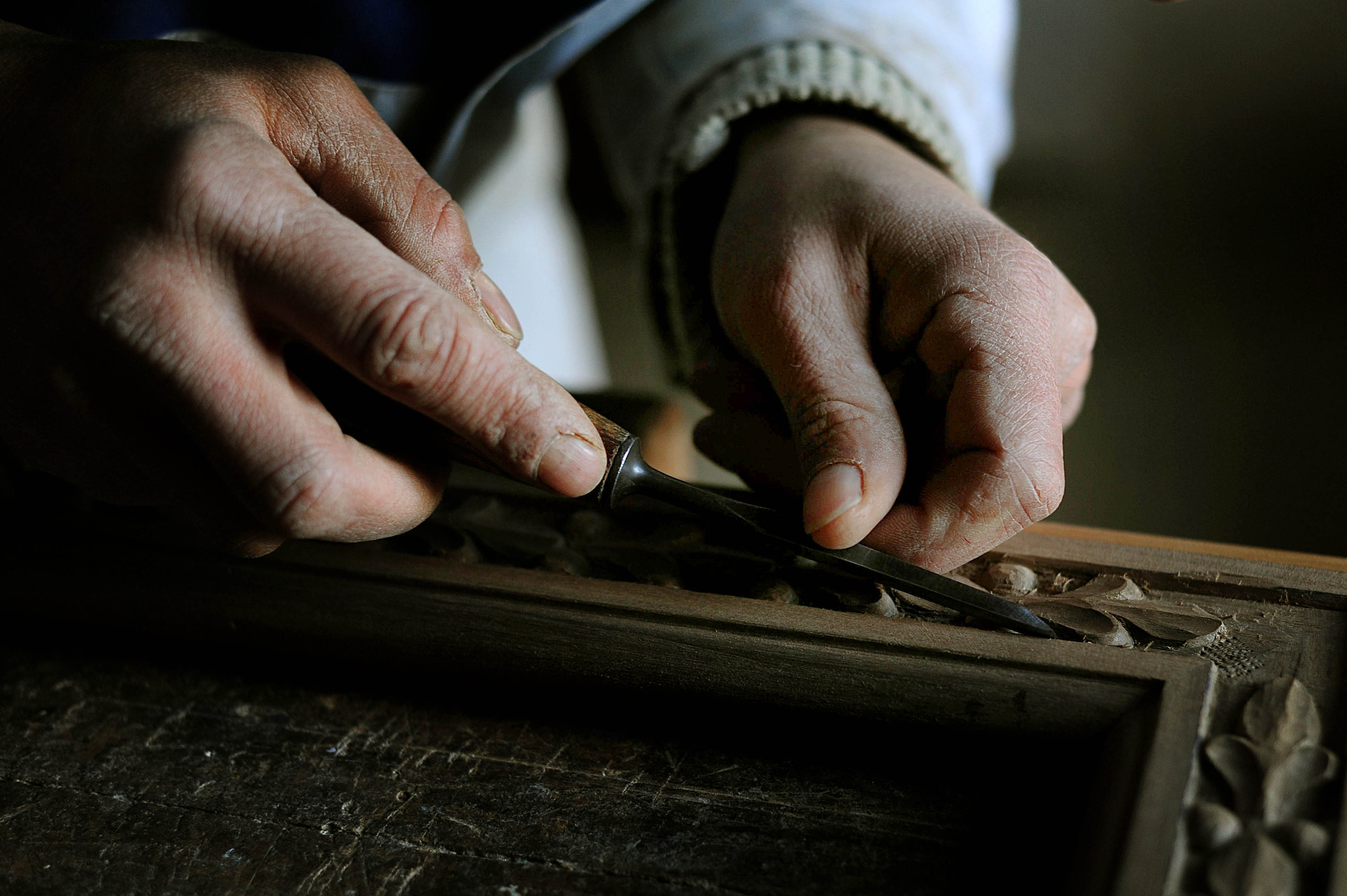
These allow us to open a chapter on another valuable form of craftsmanship in Calabria, that of violin making. The manual construction of traditional stringed instruments (as well as wind instruments) is one of the excellences of Calabrian wood craftsmanship.
The characteristic instruments of Calabrian lutherie are the chitarra battente and the lyre. Among the lutheries that are a must-see: the workshop of Antonio Scaglione in Acri (CS), heir to the historic De Bonis family of Bisignano ("Borgo dei Liutai" since the 17th century); the workshop of master Emilio Natalizio in Rende (CS); the lutherie of Vincenzo Piazzetta in Lamezia Terme (CZ), master of the lyre; the workshop of Sergio Pugliesi in Scilla (RC) and the young Paolo Papandrea in San Giovanni di Gerace (RC).
Calabrian textile handicrafts
The world of yarn and the famous Calabrian silk are an expression of an important cross-section of craftsmanship in Calabria linked to the world of women.
The journey into Calabrian textiles starts from afar, i.e. from a visit to the main national archaeological parks and museums which, from north to south of the region, testify to the flourishing activity of weaving from Magna Graecia to the present day, as well as to the use of local textile fibres and the art of dyeing.
Among the most sought-after fibres to this day, Calabrian silk is king. The typical Calabrian silk craft developed from the Byzantine era, when oriental monks first introduced silkworms to Calabria and cultivated the mulberry trees on which they feed.
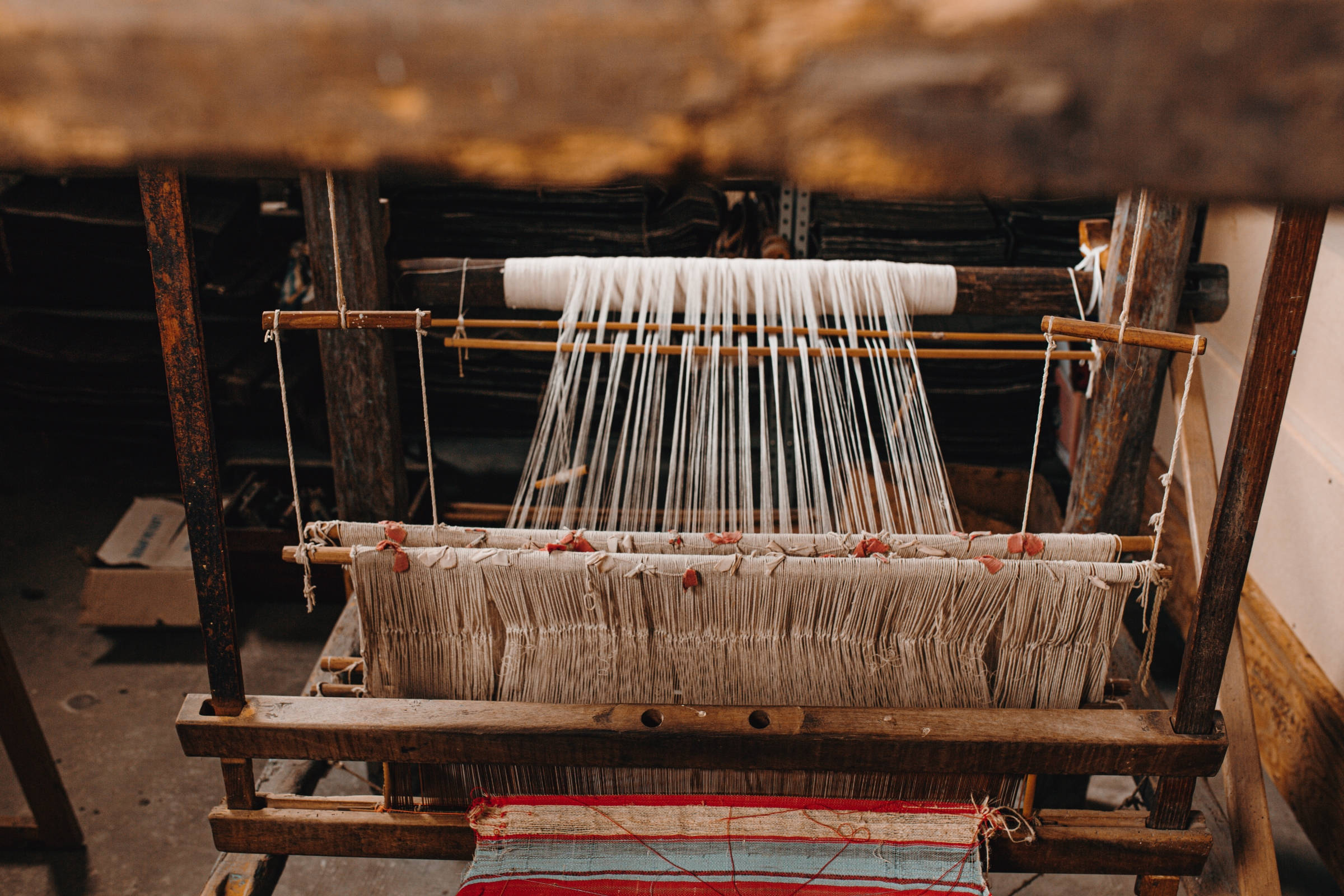
Calabrian silk craftsmanship passes through the city of Catanzaro, "City of Silk, Velvet and Damask Fabrics", and through the historic centre of Reggio Calabria, where silk meets the ancient Jewish communities and the giudecche of Calabria, districts entirely devoted to this craft.
Today, Calabrian silk craftsmanship is practised and/or enhanced by realities such as the "Nido di Seta" Cooperative in San Floro (CZ), the Dynamic Silk Museum in Mendicino (CS) and the Silk Museum in Reggio Calabria.
A contemporary excellence of craftsmanship in Calabria dedicated to textiles can be found in the Reventino area, in Soveria Mannelli, in the province of Catanzaro. Here, the raw material is wool, processed and made to perfection at the historic Lanificio Leo, a family business open for visits to the Corporate Museum. A true immersive journey to discover the processing of wool and the precious garments that derive from it.
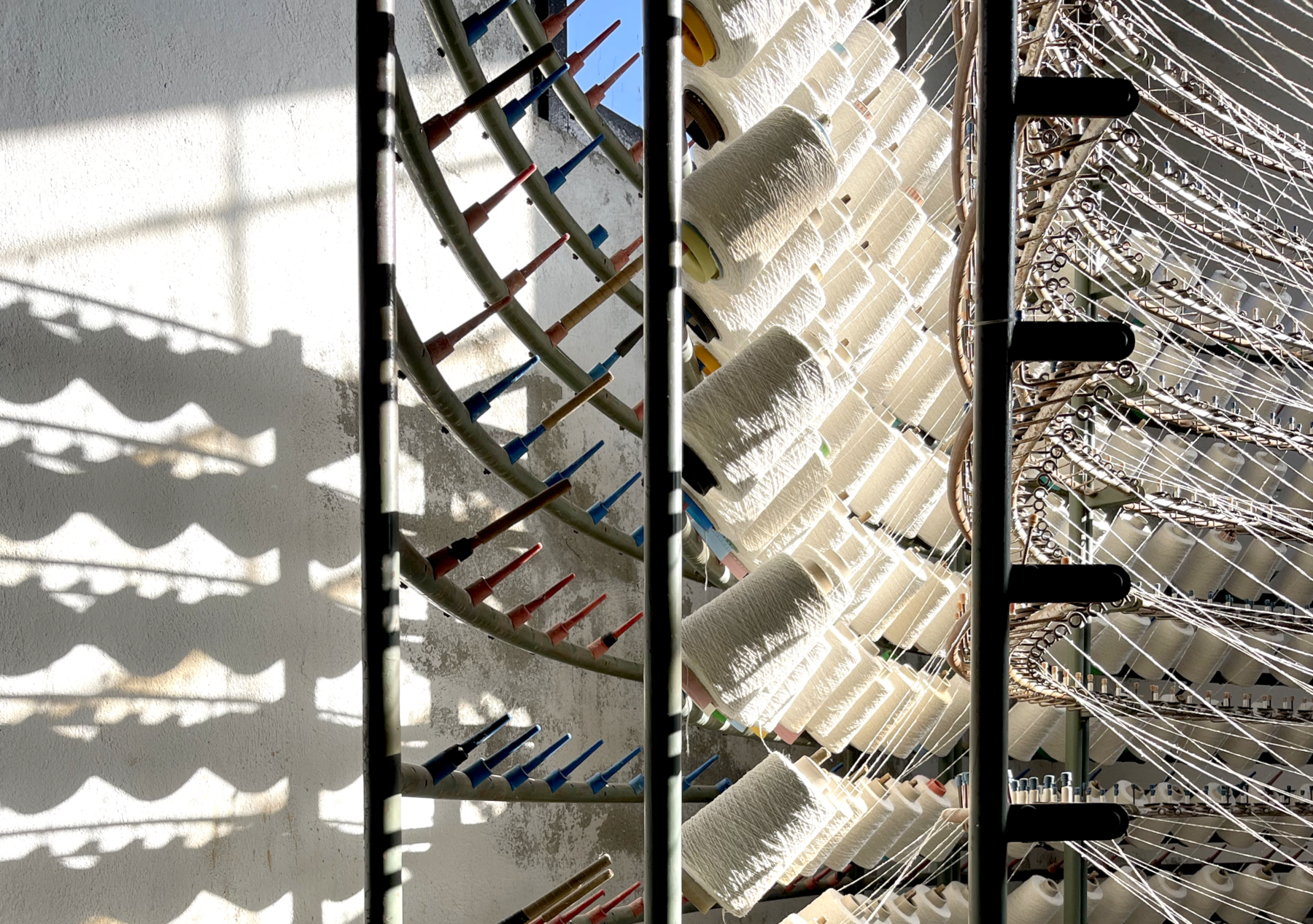
Finally, we would like to mention the highly prized art of embroidery and vancàli (traditional stoles) from the village of Tiriolo (CZ) and the Bottega Storica dei Tessuti d'Arte Celestino, the family from Longobucco (CS) that promotes ancient textiles (tapestries, carpets, trousseaus, etc.) in contemporary and fashionable forms.
Artistic ceramics handicrafts in Calabria
The fascinating world of handicrafts in Calabria passes through the colours of its artistic ceramics. One of the oldest traditions that has been handed down for generations.
There are two main localities associated with Calabrian ceramic handicrafts: Squillace (CZ) and Seminara (RC).
Squillace, along the Costa degli Aranci, is a small capital of Calabrian ceramics. Still today, in the medieval hilltop village at the foot of the Norman Castle, the ceramists' workshops offer traditional forms linked to archaic meanings (the pine cone, the pomegranate, etc.) and the typical colours of this area.
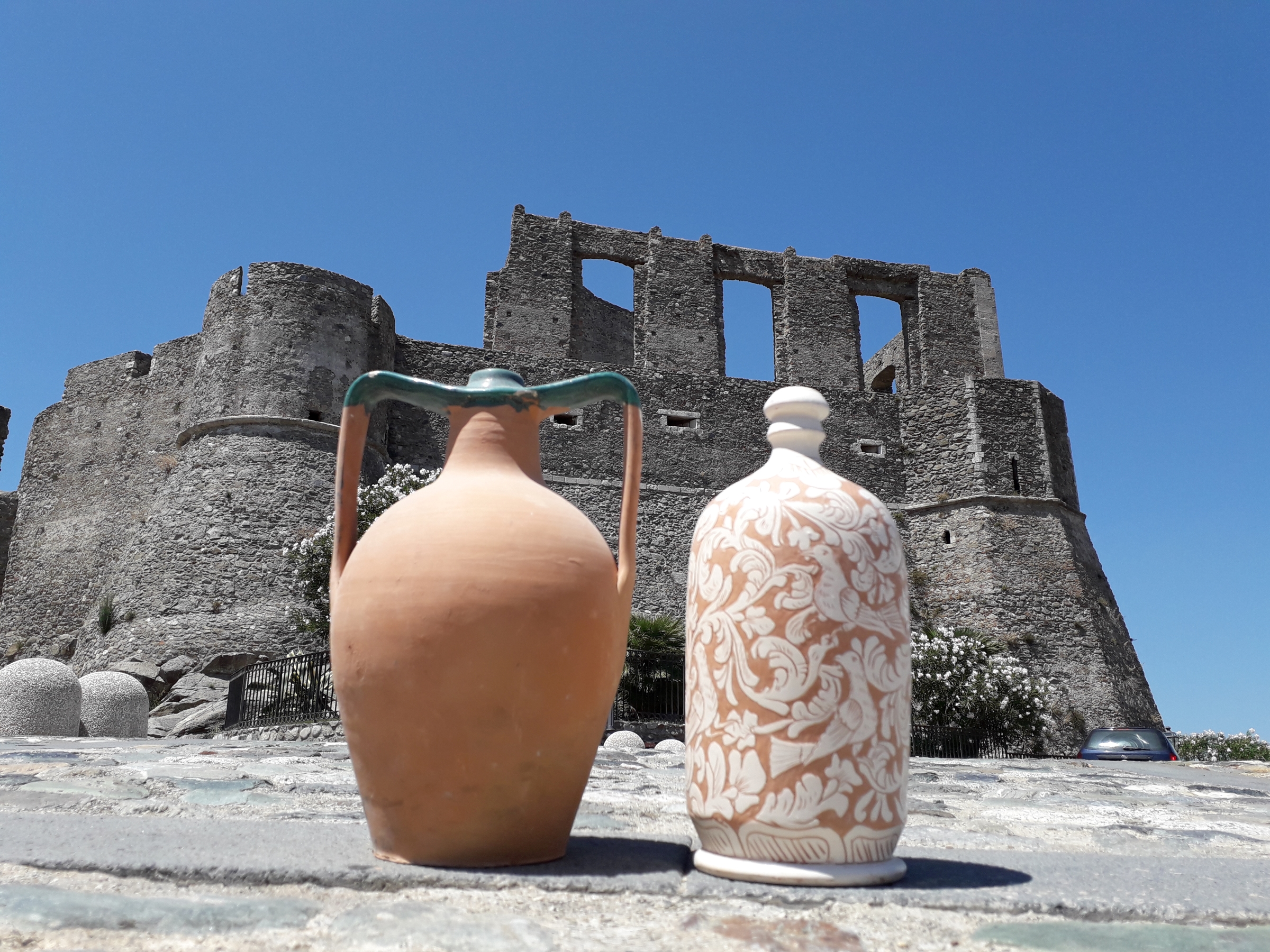
A short distance away, in the nearby Blue Flag town of Soverato, the workshop of artisan Francesca Ciliberti reworks the ancient themes of the Calabrian ceramic masters in contemporary forms of great value and design.
Moving along the Costa Viola, in the province of Reggio Calabria, the tour of Calabrian ceramic handicrafts continues in Seminara, one of the most renowned "City of Ceramics", where a walk is enough to meet the masters and appreciate their colourful creations up close.
From apotropaic masks to agro-pastoral symbols, from the marine world to the vegetable world, the artistic ceramics of Seminara even inspired Pablo Picasso.
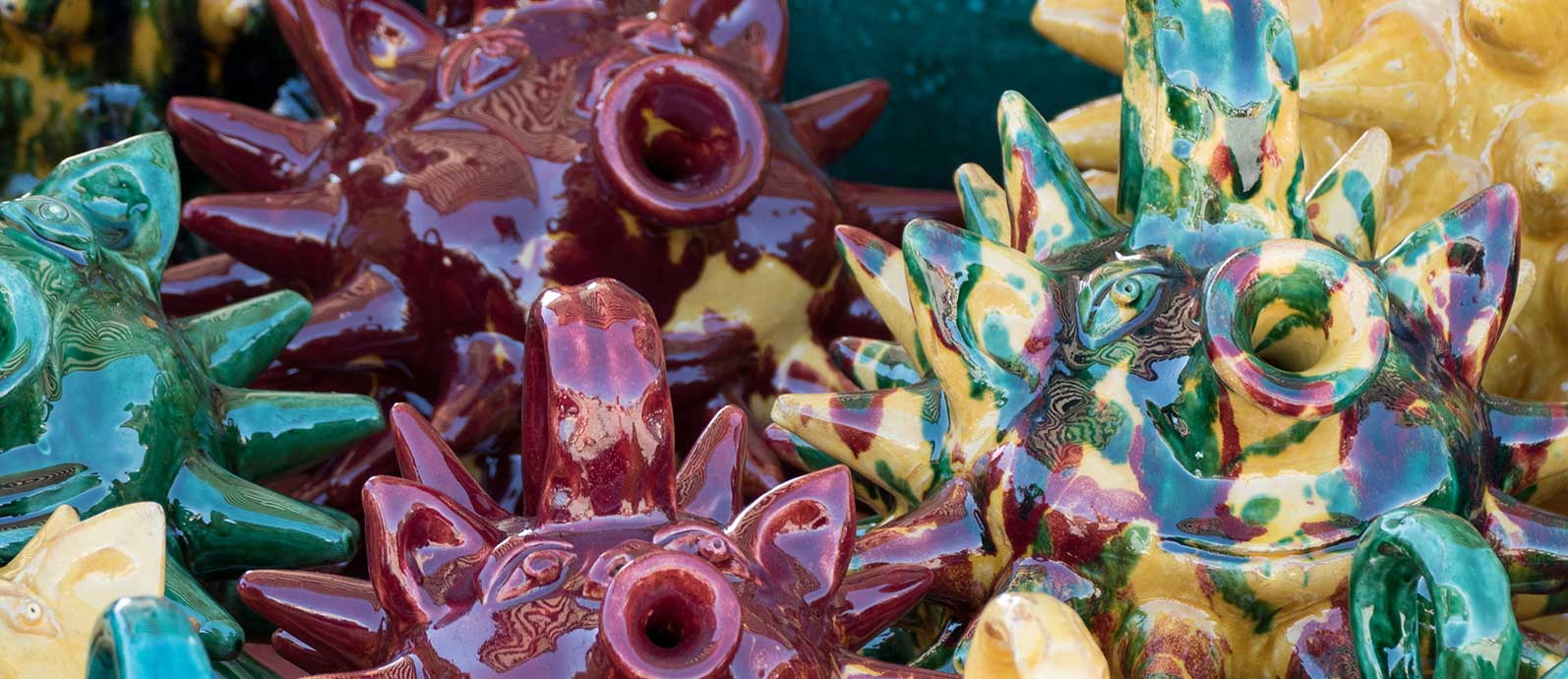
Calabrian wicker and straw handicrafts
Among the most traditional forms of Calabrian handicrafts are wicker and straw. Raw materials of poor origin, strongly linked to the agro-pastoral world in the form of containers and small furnishings.
Baskets and baskets, trellises and fiscèlle, hats (pagliette), sporte, baskets, furnishings, chairs and wicker furniture are the result of the work of expert hands. Old and new straw weavers and basket weavers weave vegetable fibres (willow, chestnut, palm, reed and bamboo canes) into the shape of real works of art.
Handicrafts in Calabria boast a flourishing production of straw and wicker artefacts, with peaks of excellence from north to south.
Campana, the ancient Kalasarna, boasts the Calabrian handicraft of baskets sold at the Ronza Fair (6 and 7 June) and made from the female processing of ears of wheat; then there are the famous basket weavers of Reggio Calabria and the surrounding area, in particular those of San Giorgio Morgeto, and the wicker and rattan weavers of Soriano Calabro (VV), true artists who have been handing down their passion for centuries.
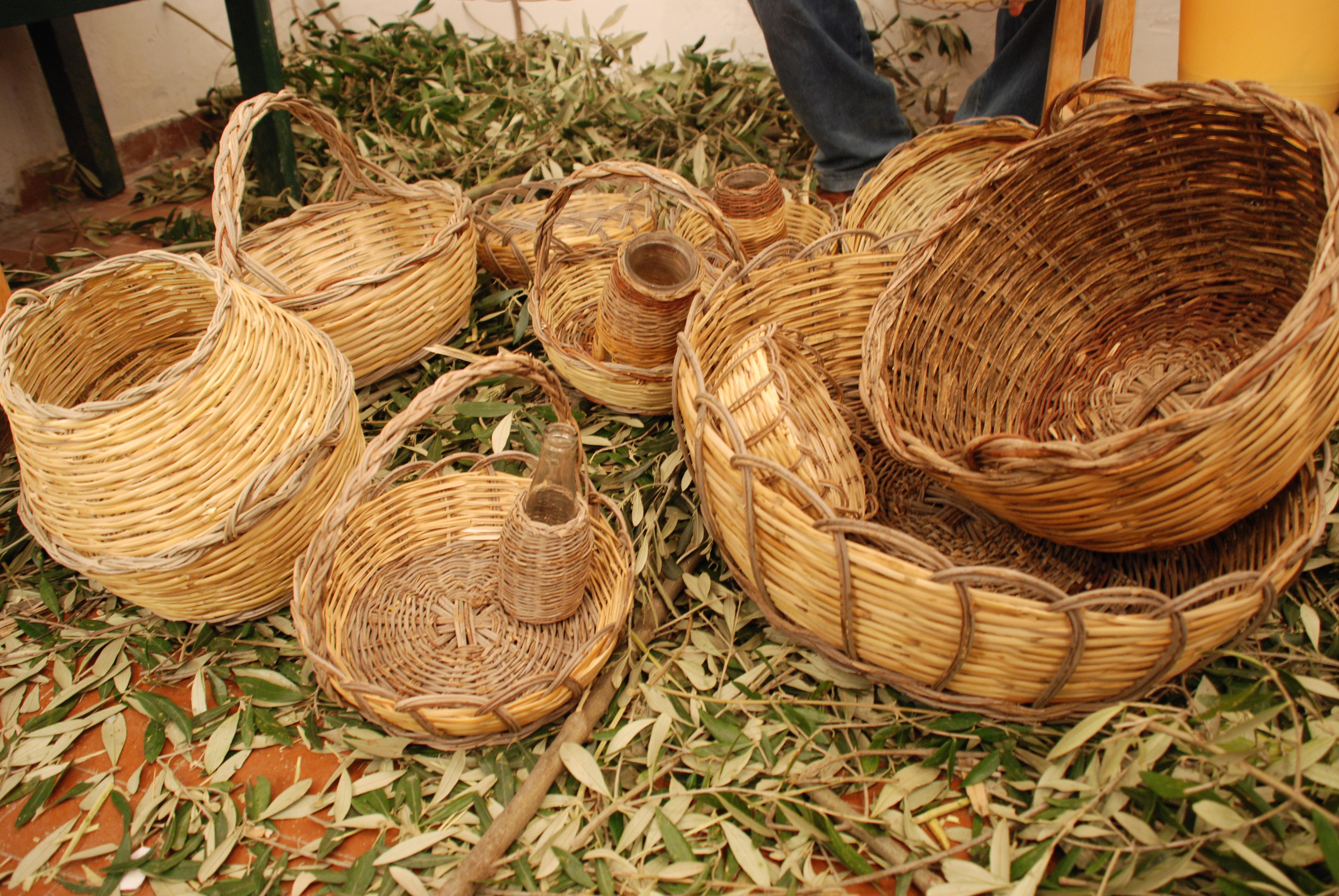
Calabrian gold and wrought iron handicrafts
We conclude this long journey through the handicrafts of Calabria with a look at metalworking, particularly goldsmithing and wrought iron.
The Calabrian goldsmith's art passes through the great names that have "dressed in gold" film and fashion stars, also making sacred art creations and unique pieces awarded at important kermesses. We are talking about the masters Gerardo Sacco and Michele Affidato, two excellences of Calabrian and world goldsmithing.
The success of the goldsmith's art in Crotone recalls the splendours of the ancient civilisations of Magna Graecia and Rome, which still today inspire the shapes, motifs and citations of a jewellery craftsmanship that has evolved globally.
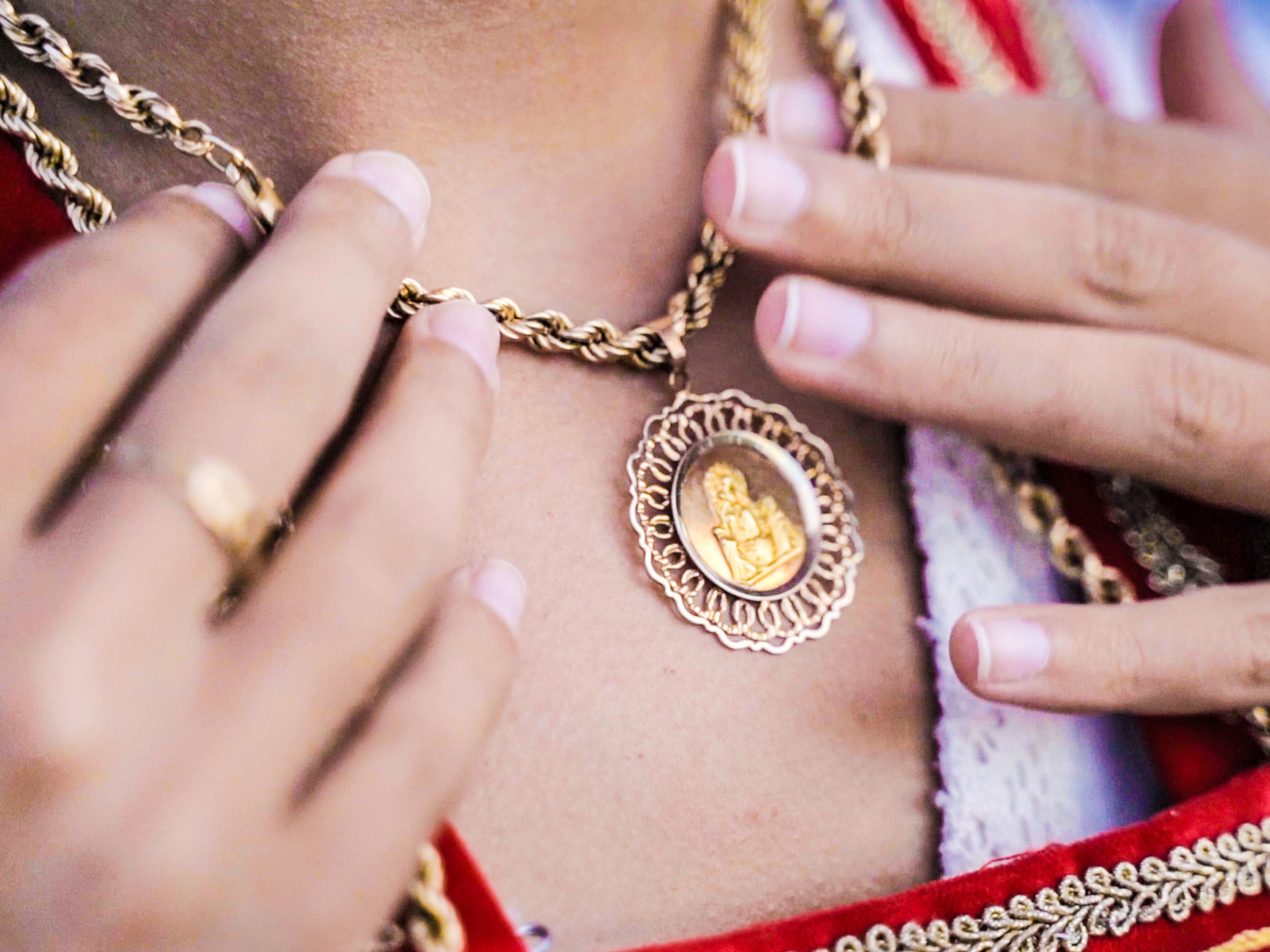
Wrought iron, no less precious since it is worked in artistic forms that draw on Calabrian tradition, is the pride of master blacksmiths operating throughout the region.
Again, this is a very ancient form of craftsmanship in Calabria (13th-14th century), which finds its main craftsmen in Serra San Bruno (VV), where it expresses a school of "màstri furgiàri" renowned throughout southern Italy and still handed down today by some local families.
Equally excellent are the workshops of Stilo (RC), home of the philosopher Tommaso Campanella, among The Most Beautiful Villages in Italy. Here the master Giuseppe Blefari stands out, heir to an ancient family of blacksmiths that still today carries the name of the village and its ancestors high in the most important national exhibitions and fairs.
https://calabriastraordinaria.it/en/news/tour-of-calabrian-handicrafts-among-ancient-arts-and-crafts

